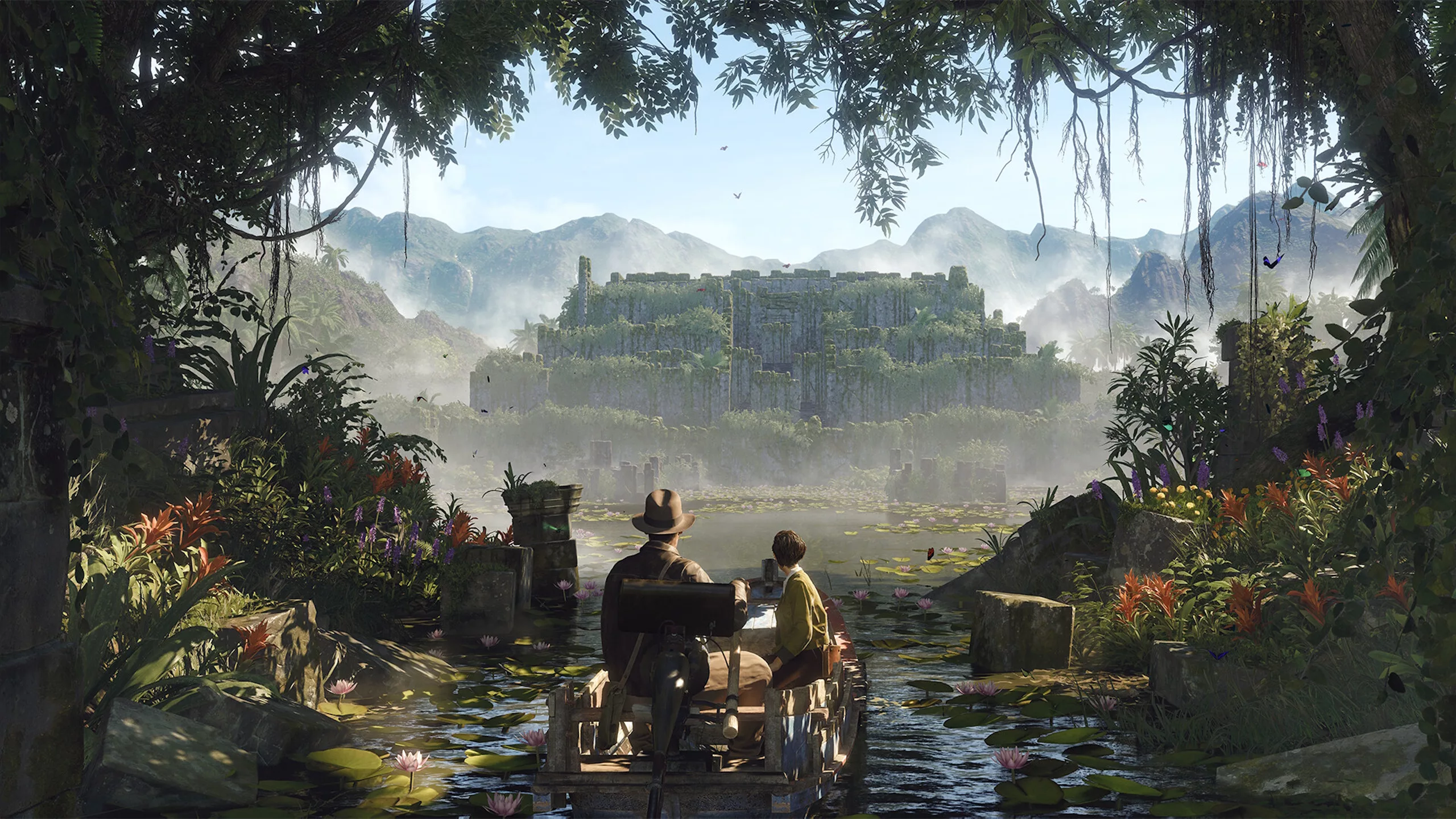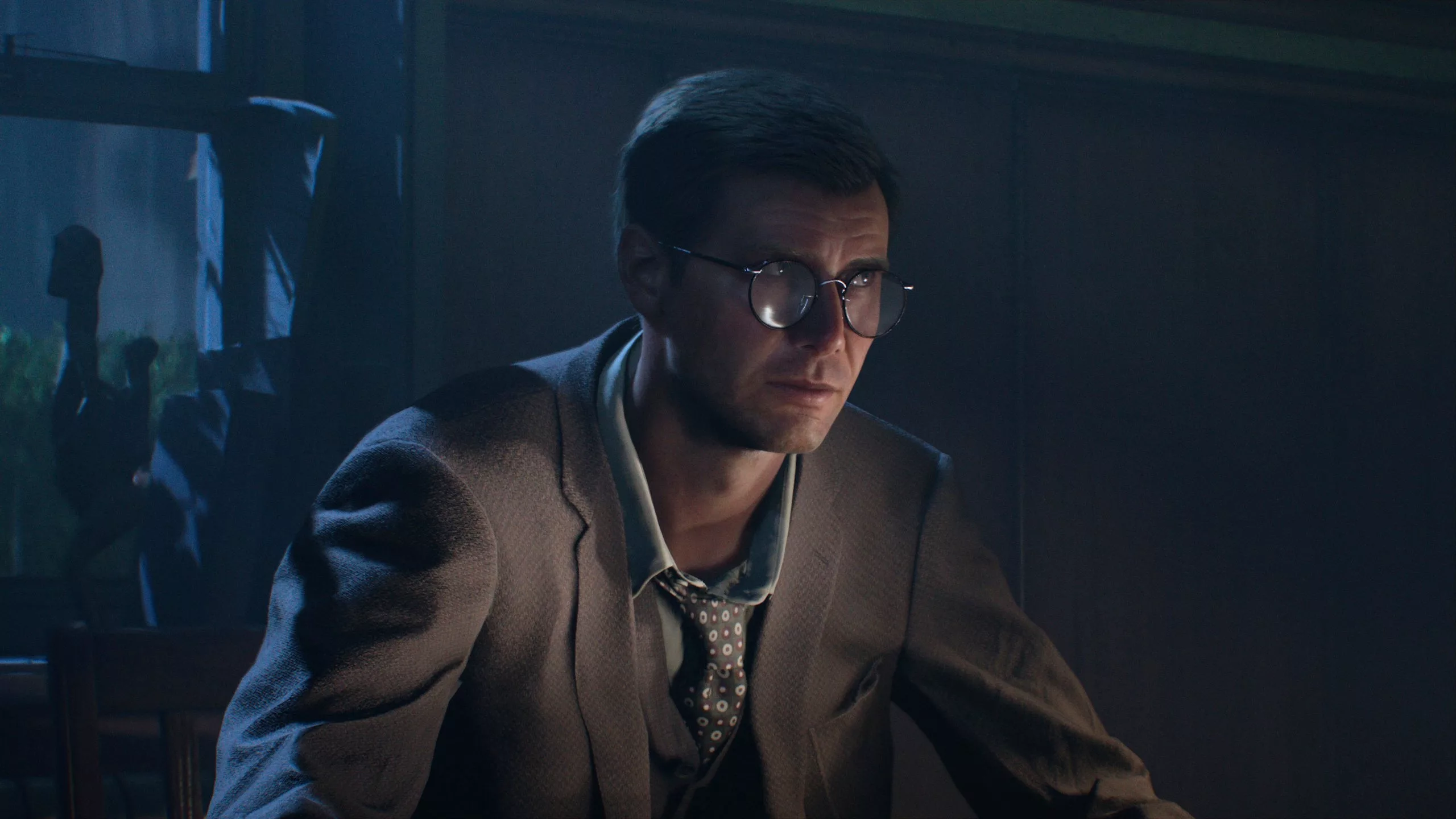Movies
“Indiana Jones and the Great Circle” is the Antidote to Modern Big-Budget Game Fatigue | Video Games

In 1981, Roger Ebert called “Indiana Jones and the Raiders of the Lost Ark” an “out-of-body experience, a movie of glorious imagination and breakneck speed that grabs you in the first shot, hurtles you through a series of incredible adventures, and deposits you back in reality… breathless, dizzy, wrung-out, and with a silly grin on your face.” In 2024, MachineGames takes the opposite approach with “Indiana Jones and the Great Circle,” the first “Indiana Jones” video game in nearly 15 years. It’s a longer adventure that pushes you to explore and discover adventures between the main scenes, and while the pace is far from breakneck and the excitement rather tamer than one might expect, “The Great Circle” is an “Indiana Jones” adventure on par with Steven Spielberg’s original trilogy.
MachineGames might have positioned “The Great Circle” directly after “Raiders of the Lost Ark,” but it has the narrative soul of “The Last Crusade.” After a prologue that recreates the ending of “Raiders of the Lost Ark” and teaches the basics of how Indy moves and survives, the daredevil archaeologist returns to his academic post at Marshall College in Connecticut. Marion, his fiancé, is gone, fed up with Indy’s emotional distance, but he soon has bigger problems to deal with. Literally. An exceptionally large man breaks into the college at night, smashes up some exhibits, and gives Indy a thumping before exiting with an unlikely haul – a cat mummy. He also conveniently leaves behind a medallion that Indy recognizes as belonging to the Vatican.
This odd chain of events sends Indiana Jones around the world to stop Nazi leader Emmrich Voss from uncovering an ancient secret about so-called Fallen Angels. Indy travels from Rome to Egypt, Shanghai, and the Himalayas, among other locations, to stop Voss, and while it’s yet another instance of an esoteric biblical secret that can make Adolf Hitler’s army invincible. MachineGames’ approach to “Indiana Jones” storytelling is refreshing. Despite still centering on biblical mythology, the narrative unfolds in dozens of little pieces and becomes just as much about the secrets buried in a location’s past and the challenges facing the people Indiana Jones meets as it is about a quest for a specific thing.
The benefit of telling an “Indiana Jones” story in modern video game format is that MachineGames has time to develop the supporting cast more effectively, and they certainly make the most of that opportunity. Indy’s network of helpers around the world comes close to stealing the show, from the endearing R&B-loving priest Father Antonio to Indy’s close family friend Marcus Brody, the latter of whom is voiced by David Shaughnessy in a performance that’s as close as you can get to Denholm Elliot’s Marcus Brody in the films without being Denholm Elliot. Gina Lombardi, Indy’s counterpart in “The Great Circle,” is easily one of the franchise’s best companions, a smart, independent journalist who suffers from none of the damsel-in-distress tropes that pop up in the ‘80s film trilogy.
However strong the supporting cast may be, the intricately designed locations Indiana Jones visits are the main attraction in “The Great Circle.” The “Assassin’s Creed” games recreate specific periods of history in exquisite detail as well, but those adventures are about power. Their main characters are practically superheroes who can climb anything, overcome any obstacle, and leap with grace from impossible heights and land with athletic elegance. Indiana Jones is not that kind of hero. He’s an ordinary man with above-average luck who leaps frantically from ledges and struggles against gravity as he clambers up a wall with the help of his bullwhip. That sense of ordinariness is what makes “The Great Circle” feel exciting and almost subversive at times. These outstanding feats are very much not within your power, so accomplishing them feels even more satisfying, even if the methods available to accomplish them with are rather limited.
“The Great Circle” works under a specific set of rules that feel restrictive until you learn to work with them. Indy can only climb a specific kind of drainpipe, for example, and his whip only works as a rope or grapple in certain areas. A decanter smashes when it connects with a fascist, but not if you hit it against a table. Nuns have little issue seeing a priest walk around the precincts of Vatican City with a rifle, even if he shoots an Italian fascist, nor do they particularly mind when that priest is running around on the roof.
At some point during its development cycle, MachineGames must have envisioned “The Great Circle” as a more immersive project in the style of Arkane’s “Dishonered” or IO Interactive’s modern “Hitman” games. It retains a measure of that freedom and improvisation at times, but most stealth sections and exploration give you few options to work with and only one or two routes to uncover. These restrictive elements are most prominent in linear areas, such as exploring ruins or dealing with traps, where you often have one prescribed route and a single solution, though they’re easier to overlook when “The Great Circle” sets you free to explore its more open zones.

“The Great Circle” might only give you one or two ways to reach a specific area, but finding those ways forces you to familiarize yourself with a location’s layout and discover as much as you can about your surroundings. MachineGames threw the trend of heavy-handed guidance out the window with “The Great Circle” and gives you a chance to figure things out for yourself. Quest markers only appear when you have Indy’s map out, and the only way to find out more about a mysterious item or troublesome situation is to search for clues. You may stumble across a document that alerts you to someone being held prisoner elsewhere on the site or solve a puzzle that rewards you with an item and no context for its significance.
Letting you explore independently seems like such a simple concept, but it’s the kind of immersion that most big-budget have left behind in the last decade. Even if the actual objectives are similar to what you might find in similar games – locating X object for Y person, for example – encountering it on your own terms, often entirely by accident, gives it a greater sense of excitement and interest. These aren’t objectives to tick off a list. They’re little adventures in their own right.
Combat in “The Great Circle” has a similarly scrappy, improvised feel to it, thanks in part to Indy’s iconic whip and the impressive variety of items he can use as tools of violence. You can use the whip to disarm or stun enemies, depending on where you aim, and grab everything from a broom to a wrench to take on fascists. Combat has a weighty feel that makes smacking a Nazi with a shovel feel good, though it never really evolves over the course of Indy’s adventure, even with some of the additional skills he can learn.

Fist-fights are intense and demand careful balance between blocking, dodging, and finding an opening, though when more than one enemy is present – which they often are – it’s a bit pointless. “The Great Circle” isn’t designed for Indy to handle more than two foes at a time, so later, more open areas, become puzzles tasking you with figuring out how to isolate enemies.
It’s far from the only type of puzzle “The Great Circle” throws in your path. Indiana Jones comes across all manner of brain teasers, from number riddles hiding a safe combination to more intricate affairs, such as pouring wine in a bowl that’s meant to be the blood of Jesus after crucifixion. Most are enjoyable and well-designed, though the quality varies wildly at times. For every few fantastic little riddles that involve investigation, logic, and synthesis, you get one that makes you bounce beams of light off of reflectors. Light puzzles and pressure plates are exactly the kind of traps and puzzles George Lucas populated the 1980s “Indiana Jones” films with, but in 2024, it’s not asking too much for game designers to move beyond such rudimentary concepts.
Still, solving puzzles outside the main quest rewards you with Adventure Points, which you can spend on skill books that teach Indiana Jones a minor new skill. He can upgrade his punch attacks, for instance, or get a chance to survive a mortal blow. It’s nothing particularly special, and the abilities are less useful if you’re playing on lower difficulty settings. Making this seasoned academic learn from illustrated books meant for children is worthwhile just for the fun of it, though
That idea, “just for the fun of it,” is what makes “The Great Circle” such a good “Indiana Jones” adventure. It isn’t the most innovative game. It sets rigid boundaries around how you can interact with this world and the people in it, and it pushes you toward specific solutions during traversal and puzzle solving. But the fun of working these solutions out for yourself, of using unorthodox, exciting methods to accomplish familiar tasks, even of snapping a gun out of a Nazi’s hand using your whip for the 50th time captures a similar sense of exhilaration you get from the best “Indiana Jones” movies.
The publisher provided a review copy of this title, which is available now on Steam and Xbox.
-

 Games4 weeks ago
Games4 weeks agoScaravan 66 – Announcement Trailer
-

 Games4 weeks ago
Games4 weeks agoCall of Duty: Black Ops 6 Bug Gives Player Three Weapons
-

 Games4 weeks ago
Games4 weeks agoBest Historical Isekai Anime & Manga, Ranked
-

 Games4 weeks ago
Games4 weeks agoAustralia Social Media Ban Would Impact Online Gaming Platforms
-

 Games4 weeks ago
Games4 weeks agoBest Gundam Games For Building Mecha
-

 Movies3 weeks ago
Movies3 weeks agoTed Danson Stars in Lovely, Moving “A Man on the Inside” | TV/Streaming
-

 Games4 weeks ago
Games4 weeks agoHints and Answers for New York Times Connections #521 (November 13, 2024)
-

 Games4 weeks ago
Games4 weeks agoDead Rising Deluxe Remaster Shows Off PS5 Pro Feature








